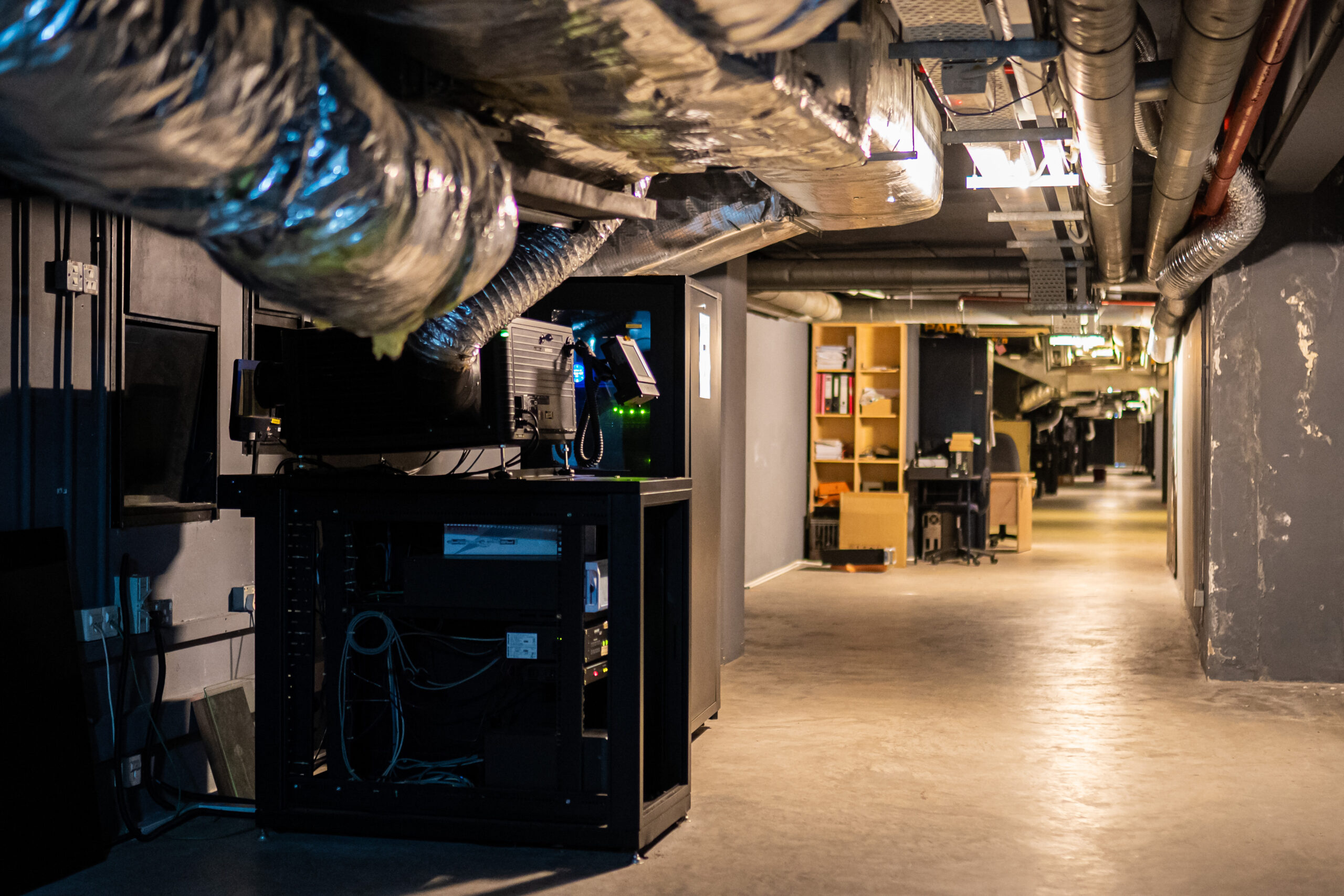 Insights
InsightsOne of the busiest medical scanning services within one of the UK’s largest healthcare providers was experiencing delays and increasing waiting lists due to outages and unreliability of its scanners.
The oncology unit at Wellington South Hospital was experiencing mounting delays due to the unreliability with its scanners. As part of a hospital-wide programme to transform the hospital’s delivery of care and digital infrastructure, Pace was asked to investigate.
On premise teams had already conducted investigations that deemed the fault to be intermittent. All hardware and software checks were showing that the system was functioning correctly between the scanners, network and data storage.
An inquisitive, rational and pragmatic approach (by Pace) led to the physical inspection of a communications room that housed a dozen (or so) PACS imaging switches, essential in the transfer of data between the scanners and assets on which the data was stored.
The communications room was located directly under a wastewater aggregation point. It was observed that in the winter, the pipework struggled to cope with the volume of water passing through this point and the room regularly flooded. Additionally, there no was air conditioning, temperature sensors, or controls within the room to regulate temperature, so during the summer months extreme heat added to technical woes and physical failure.
Quite rightly this scenario presented an unacceptable level of risk, however a solution wasn’t immediately obvious as there was no easy way to modify the room. All other communications rooms were full. The service was so critical to the delivery of care that major disruption, or making significant changes to the situation was incredibly high risk. Pace and the hospital found itself in a pinch with balancing the risks of disrupting a functional, but unreliable service or potential disruption by attempting to fix it.
In the pursuit of the greatest efficiency, Pace elected to take the risk and resolve issue fully. Pace assembled the right team and embarked and designed a process to migrate the PACS switches to another location. Another communications rooms was found, but needed modifying to accomdate the additional switches. Pace oversaw a programme of building works, developed an interim solution that secured the reliability of the switches in their existing location by monitoring temperature and moisture, then configured the network and performed testing of the services once the switches were in their new location.
All outages were resolved and the service resumed without hitch, with an uplift in patients seen and an increase in the delivery of patient care.
This is how Pace leverage human autonomy and creative thinking to solve business challenges.
Pace continue to support the healthcare provider in the transformation of its services, finding ways to make the delivery of patient care more efficient and resilient.




